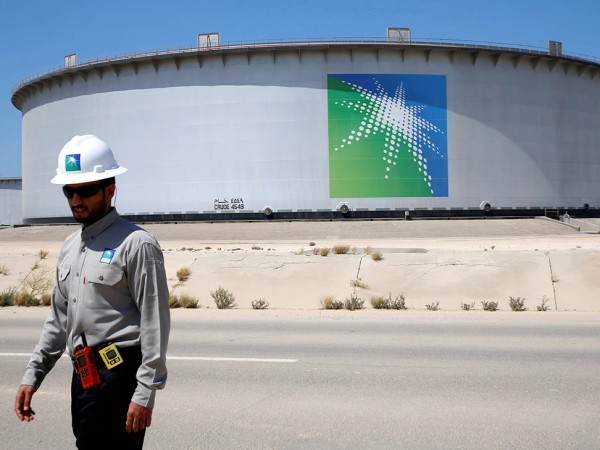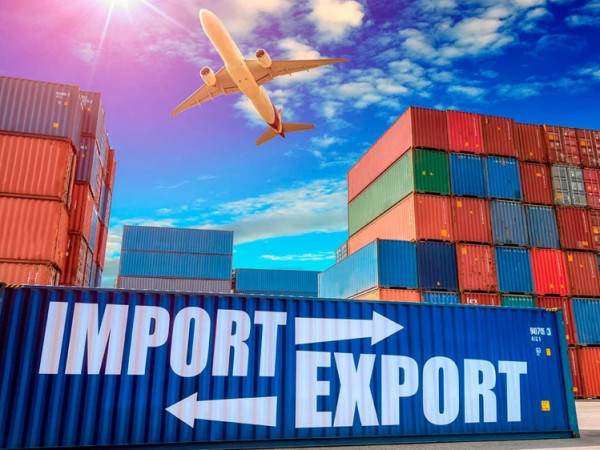Turkey has been among the top liquefied natural gas (LNG) buyers in Europe last year, as global imports grew 4.5% year-over-year, according to the Paris-based International Group of LNG Importers (GIIGNL).
The increase was supported by a surge in post-COVID-19 industrial demand, especially in China, the GIIGNL said in an annual report.
Global LNG import volumes reached 372.3 million tons, a rise of 16.2 million tons from 2020, it noted.
The recovery has been uneven across regions, with Asia recording the highest growth – led by China which overtook Japan as the world’s leading LNG importer – while Europe struggled to attract LNG cargoes throughout most of the year.
Europe’s imports dropped 8% year-over-year to 75 million tons. Spain ranked as the top LNG importer on the continent with 13.8 million tons, followed by France with 12.3 million tons.
The United Kingdom, Turkey and Italy followed, respectively, according to the report.
Turkey imported 4.3 million tons of LNG from Algeria and 1 million tonnes from Nigeria. Norway, Egypt and the U.S. also contributed to the country’s imports.
The industry grew only by 0.4% during 2020 due to the COVID-19 pandemic, but the recovery in 2021 still lagged the pre-pandemic growth of 13% growth in 2019 and 8.3% in 2018, according to GIIGNL’s previous annual reports.
“In 2021, natural gas markets were characterized by persistent supply constraints and fast recovering demand, which put strong upward pressure on LNG prices,” said GIIGNL President Jean Abiteboul.
“The looming price volatility has been exacerbated by the Russia-Ukraine conflict and the current European energy crisis proves to be a stark reminder of LNG’s vital role in ensuring energy security and economic stability,” he added.
The GIIGNL comprises 84 member companies headquartered in 27 countries, who account for more than 90% of global LNG trade.
Asia, supported by China, led imports, attracting a 73.2% share of global imports. Imports grew by 7.1% in 2021 to 272.5 million tons, led by China, Japan and South Korea.
Robust economic recovery in China and cold temperatures helped it record the world’s highest growth rate of imported volumes at 15%, or a total of 79.3 million tons by the end of last year.
China imported 79.3 million tons, while Japan’s imports amounted to 74.4 million tons.
Australia was the main exporter of LNG in 2021 with 78.5 million tons, followed by sizable contributions from Qatar, the U.S. and Malaysia.
One new country – Croatia – began LNG imports in 2021, raising the number of importing countries to 44, while the number of exporting countries reached 19.
Price differential
During most of 2021, the high price differential between the benchmark LNG price known as the Japan Korea Marker (JKM) and the benchmark European gas price at the Dutch TTF hub, helped attract more LNG volumes to Asia.
However, the balance started to shift toward Europe in the last quarter of 2021, as the continent imported large volumes of LNG to fill storage and meet demand for heating in the winter season that runs from October to April.
According to Refinitiv data, Europe hit a new record for LNG imports in April at over 12 million tons, breaking January’s level that exceeded 10 million tons.
The GIIGNl report said that due to geopolitical tensions, risks of energy shortages and price volatility, last year saw a strong return of long-term contracts, while spot deals declined to 136.3 million tons in 2021, representing 36.6% of total trade, versus 40% in 2020.
For Europe to be able to secure more volumes of LNG to phase out Russian gas, it will need to sign long term contracts as well.
“Given the rising LNG needs, we need more molecules, but also more import capacity. This requires strong policy signals, long-term customer commitments as well as help on the permitting side,” said Vincent Demoury, general delegate at GIIGNL.
“European buyers are hesitant to commit and need government support to mitigate the risks and enable new investments,” he added.
The year also saw growth in re-exported LNG, with volumes hitting 3.5 million tons compared with 2.6 million tons in 2020. Spain led the list of re-exporting LNG in Europe, followed by France and the Netherlands.
In the United States, imports grew by 49.8% helped by a ramp-up of five large liquefaction plants. Europe attracted most of LNG exports during 2022, Daily Sabah reports.















